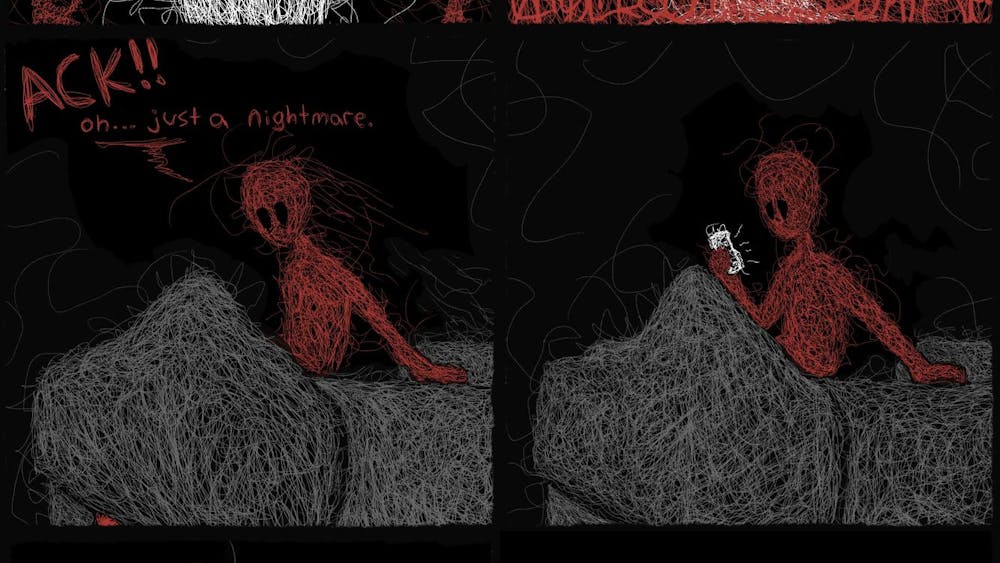It starts with a joust.
“One, two, three, POLO!”
Two players race to center court to whack the ball with their homemade mallets. If no one flinches, metal meets metal or mallet meets mallet.
From there, bike polo gets crazy.
Every play is an instant game of chicken; you have got to be brave to get the ball. Then there are constant turns, swinging mallets and probably an elbow or two. And smack talk.
“The more smack people talk, the better I play,” said Kelli Jurewicz, who painted “Boom! I Got Your Boyfriend,” from the 1991 rap song, on her disk wheel.
And bike polo is growing. It started in Fort Lauderdale, Fla., about a year ago, when Jared Scheurer, 22, brought a street hockey ball and some mallets to a roller hockey rink on a Tuesday night, the usual evening he and his BMX cycling friends gathered. Bike polo took over, and now draws about 20 players for pickup games twice a week.
“All by word of mouth,” said Scheurer, who caught the bug from friends in Orlando, Fla.
That’s the way it is with bike polo, an intersection for all kinds of cyclists: mountain bikers, single-gear “fixed” riders, the bike-as-transportation set.
Bicycle polo isn’t new.
Reports go back more than a century of stable boys playing a poor-man’s polo game, sans horses. It even was an Olympic exhibition sport played on a grass field in 1908 in London. But today’s hardcourt, or “urban,” bike polo, with three-man teams, is a horse of a different color.
The first world championship of hardcourt bike polo in September drew 48 teams to Philadelphia. The Fort Lauderdale Bike Polo Facebook page has accrued 77 members this year. And even “CSI: New York” had a bike polo mention this spring, when a case was solved using “spoke cards,” the mementos players obtain at tournaments.
With bikes stopping and starting, players are bound to bump. Rules prohibit T-boning another player, but chasing down free balls while steering with one hand and holding a mallet in another is a clear prescription for nicks and dings.
“The scars are directly proportional to the skills,” said Jason Farthing, 36. “You get hurt when you go harder.”
By the end of the night, he had a streak of blood rolling down his leg—the game’s only injury after three hours of play.
But the game is often more of a six-person dance, with opponents saying “Sorry!” or asking “Are you OK?”
That mentality attracted Farthing, who flips houses for a living. He likes the players’ never-met-a-stranger attitude.
One night at the Philadelphia tournament Farthing’s cell phone died, so he couldn’t reach Scheurer, who he was to bunk with. But some local dude saw he had a bike polo mallet—and there was an immediate connection.
“So he just said, ‘Crash at my place,’ and meet them back at the games tomorrow,” Farthing said. “We went to his house, he went into his room and left me, a complete stranger, out there with his big-screen TV and nice stereo system. Bike polo culture is just that way.”
Recently, Scheurer and Jurewicz hosted 13 players at their home, some in tents.
It was a form of payback: They played across Europe on a two-month bicycle tour in the fall. “I feel like I’ve met everyone in the world who plays bike polo,” said Scheurer.
That includes Yorgo Tloupas, 35, an art director from London. London has about 100 players, Tloupas said. “All the creative people play bike polo,” he said. A 28-team tournament in Germany sold out on the first day, with 12 more teams on the waiting list, he said.
Erik Leitner, 33, used to play pickup roller hockey, but gave it up when players acted too much like NHL thugs.
“Here, you have people who have never touched a mallet walk up and want to play, and everyone helps them out,” said Leitner, a science specialist at Walker Elementary in Fort Lauderdale.










